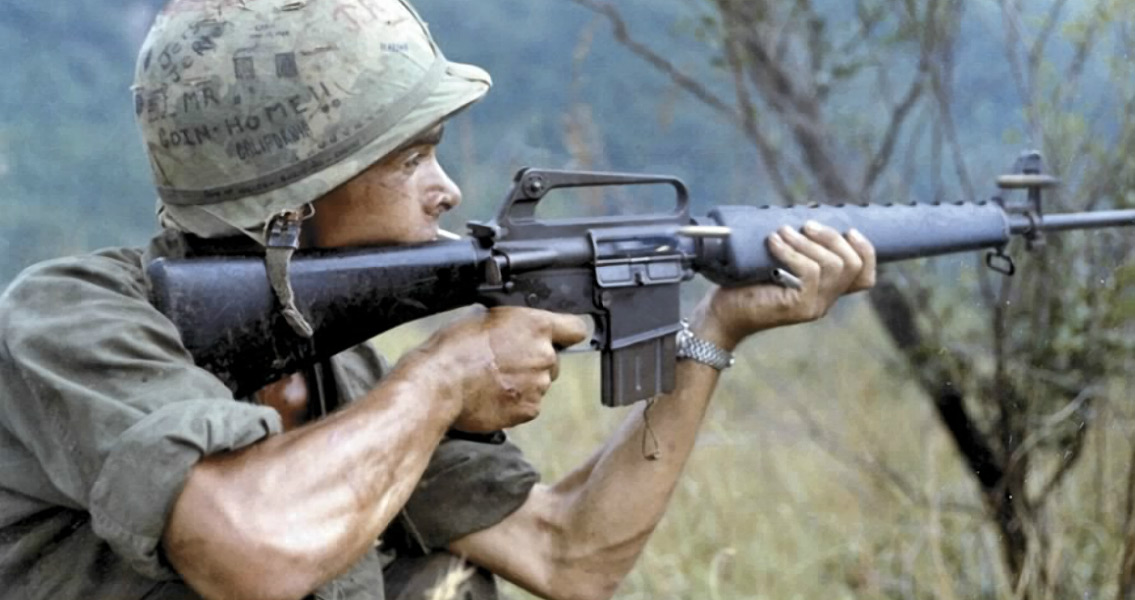<![CDATA[Forty years after the end of the Vietnam war, the remains of its victims still turn up. They’re found when the foundations for schools and temples are being dug, and when rice is harvested. Now, the effort (the largest of its kind) to systematically identify the remains of more than half a million Vietnamese civilians and soldiers still considered missing will begin, using the latest developments in DNA technology. The United States identified and repatriated almost all of the soldiers it lost in the conflict, Vietnam however, has successfully identified only a few hundred people using outdated technology, while the people of Vietnam have remained desperate to have family members' remains identified and returned to them. Several years ago, the government responded to their pleas. After consulting with the medical-diagnostics company Bioglobe from Hamburg, Germany, on the best way to train Vietnamese scientists and equip their labs, the Vietnamese government announced their intention to invest 500 billion dong (25 million U.S. dollars) in the identification project, which will include upgrading all three of the country's DNA testing centers. In late 2015 the government contracted Bioglobe to provide the consulting and training needed for DNA sequencing to begin. This is the news Trying Nam Hai, who heads the Institute of Biotechnology at the Vietnam Academy of Science and Technology, has been waiting for - his is the first DNA testing lab to receive the upgrades. His institute had previously proposed plans to identify the missing which the government was unable or unwilling to fund. In Vietnam's humid and hot climate, the DNA in bones recovered from shallow graves where they’ve been for decades, will likely have degraded significantly according to Wolfgang Höppner, the chief executive of Bioglobe. Furthermore, contaminants in the soil can reduce the enzymes which are used to amplify whatever small amount of DNA remains. Bioglobe’s proposal will use kits designed to reveal and protect as much of the DNA as possible. These kits, along with other identification processes will be used to create a DNA profile. In cases where the DNA sample has degraded to a point where this process is no longer viable the samples will be analyzed manually by the forensic laboratory operated by the International Commission on Missing Persons (ICMP). It was this lab that led the efforts to identify the people who were killed in Sarajevo, including all 8,000 victims massacred in Srebrenica, in 1995. In the coming weeks, six Vietnamese scientists will start a three-month program in Hamburg focused primarily on DNA testing. They'll also spend time at the ICMP to study other important aspects of the identification process: how to avoid mixing bones from the skeletons exhumed from a mass grave, and how to identify clues on bones that indicate gender or height. The project will also need DNA from relatives for comparison with the bone DNA, so the government is planning an outreach program to encourage family members of the missing to donate saliva samples in order to create a data bank for reference. The outreach will be expanded to target distant relatives with less similar DNA as well to account for war victims who died too young to have children and whose parents may also be deceased. Upgrades on the three DNA-testing centers are projected to be complete by 2017. Together they will be able to identify 8,000 to 10,000 people each year]]>
New Effort to Identify 500,000 Vietnam War Victims
